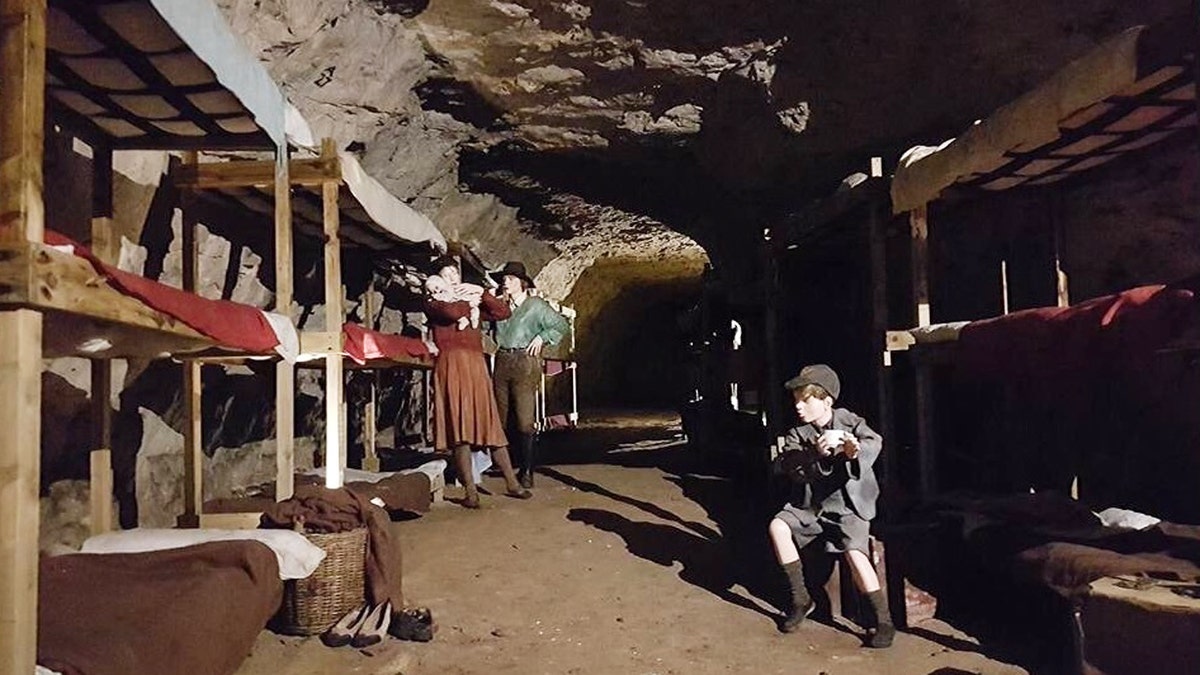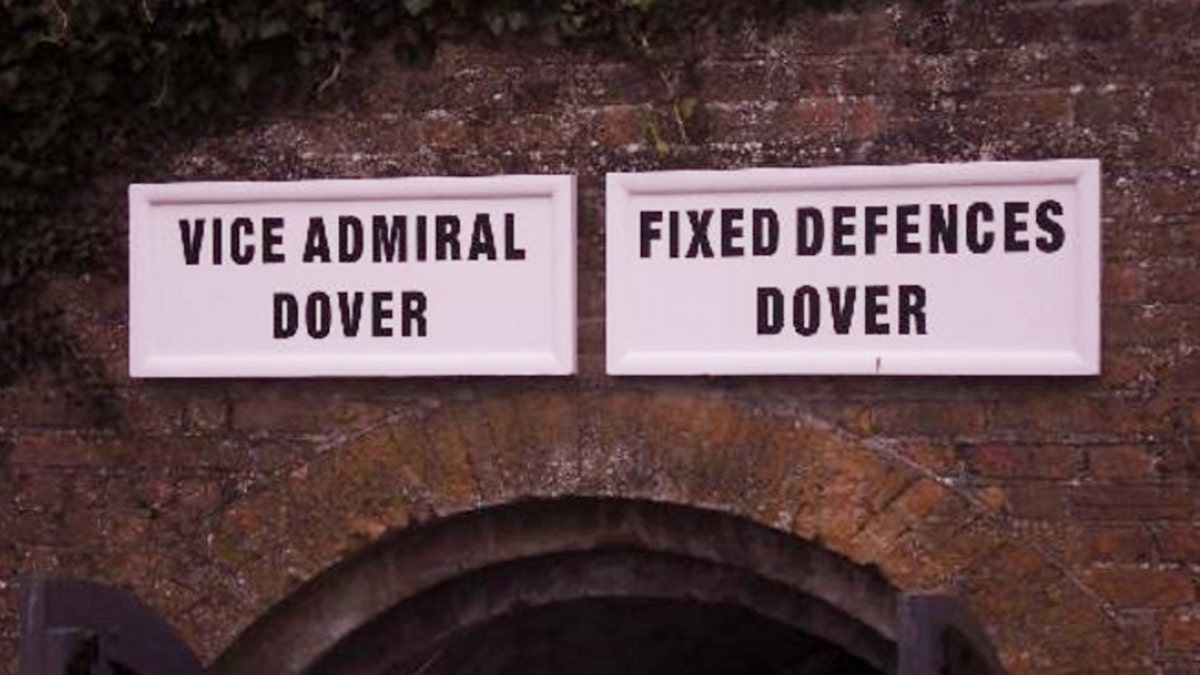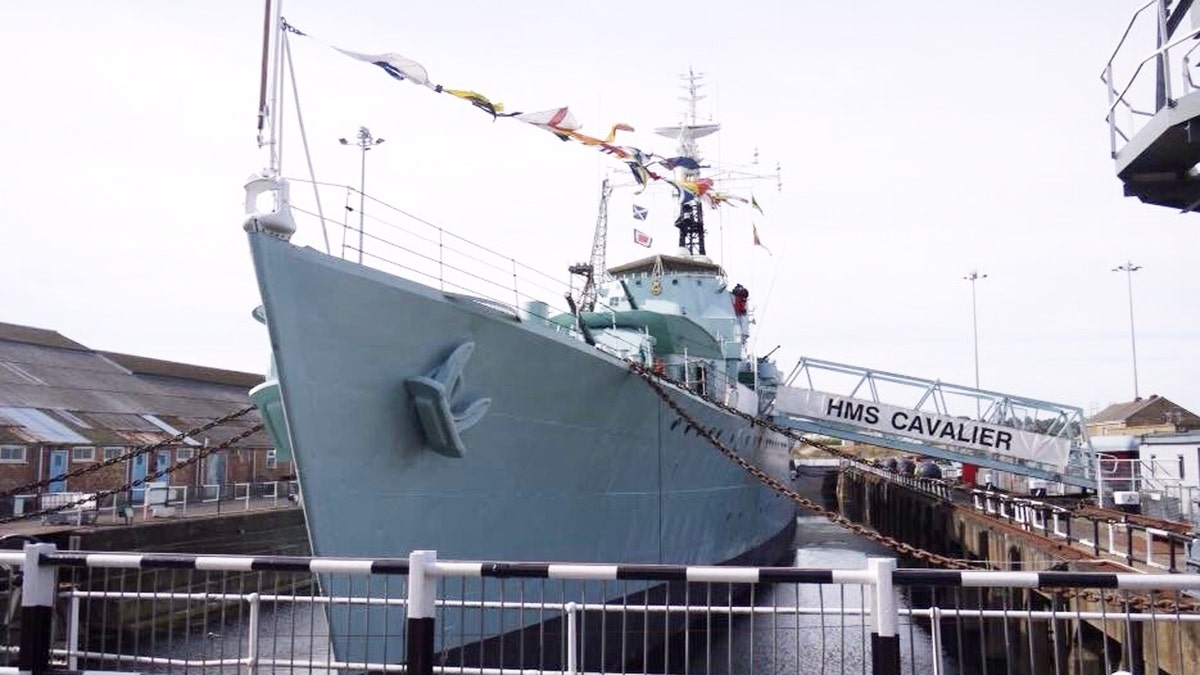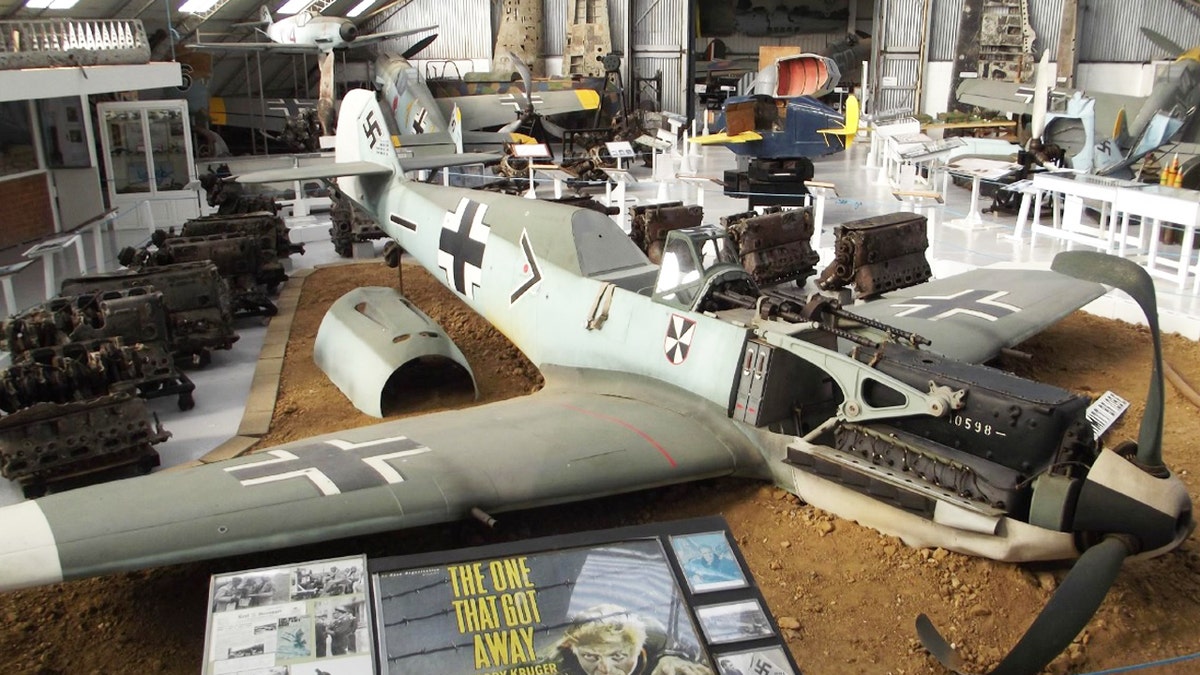How women found their voices during WWII
Fox News interviews Jennifer Ryan. The author of 'The Chilbury Ladies' Choir' reveals how British women found their voices during World War II, how those voices contributed to defeating Hitler, and who inspired her to write her novel
England's Kent county was a dangerous place to be during World War II. After the Germans occupied France in 1940, all that separated the county on the southeastern tip of the United Kingdom from the Nazis was the 26-mile English Channel. Its local defense teams and the Royal Air Force bore the brunt of the Battle of Britain, as German planes dropped bombs over the countryside.
My grandmother’s county, the scene for my new novel, The Chilbury Ladies’ Choir, still bears the scars of the war, both from the battles and the lengths to which its residents went to keep the Germans out of their country.
These are some of the places that should not be forgotten.
1. Chislehurst caves

(Courtesy TripAdvisor)
Over 15,000 locals slept in the huge caves at Chislehurst in north Kent. They included a movie theater, a barber and three canteens where people would line up with their teapots for tea. There was a fully functional hospital, staffed by a Red Cross doctor and two nurses, with seven wards and an isolation unit. There was even a birth — a girl who was given the name Rose Cavena Wakeman to mark her unusual start in life. There also was a cave chapel that was consecrated by the bishop of Rochester and held 400 people.
Paying a weekly rate of sixpence for an adult and half that for a child, people would enter the caves every night at 7 o’clock and leave at 7 in the morning. Long-term residents would bring mattresses and even some furniture, including chairs, mattresses and beds.
The caves were closed when the war ended, but they reopened for tours in the 1960s and later became a concert venue for local stars named David Bowie and the Rolling Stones.
The caves may not be as popular as other British sites like Big Ben, but the historic site has a four-and-a-half bubble rating on TripAdvisor, with many users noting how much they learned on the tour and how enjoyable the trip is for members of the whole family.
2. The Denge sound mirrors
Known as the “listening ears,” these three rounded acoustic concrete “mirrors” behind a beach in a bird sanctuary in Lydd are hemispherical reflectors — a basic form of radar that reflects sound into a central microphone that was used to listen for incoming aircraft. The massive structures were built in the 1920s-30s to listen for aircraft, but they quickly became obsolete as radar developed in the late 1930s. The largest reflector is 200 feet long and nearly vertical, and the other two are smaller circular dishes. You can reach them by walking across a rope bridge through the bird sanctuary at Romney Marsh.
Lending an ominous theme to album covers and book jackets, they have formed the backdrop for many artists.
3. Midley Advanced Landing Ground
Running up to D-Day, a series of new runways was set up along the coast, including four at Romney Marsh on the tip of Kent. Most of the low and flat terrain was flooded to protect against invaders, but the part that wasn’t was grassy and flat, and with few trees. The runways were formed with two intersecting metal mesh strips, known as Sommerfeld Track, laid straight onto the grass. Today, a Nissen hut lies beside the strip, which has been returned to pasture.
Midley became crucial during the bombing of London in 1944. The RAF found its fighter planes could “tip” the bombs and divert them toward farms before they reached London.

(Courtesy TripAdvisor)
4. Dover’s secret tunnels
Dug into the famous white cliffs beneath Dover Castle, the tunnels were used in one of the war’s greatest rescue missions: the Dunkirk Evacuation. In May 1940, the British and French Expeditionary Forces were pinned by the advancing Germans on the beaches at Dunkirk in northern France. With the British Navy fighting elsewhere, Winston Churchill sent every spare ship and boat to collect the soldiers. After 10 days, 800 boats — including ferries, fishing boats and even personal yachts — had rescued 338,000 men and brought them to Dover.
The war tunnels exhibition tells the story of Operation Dynamo right where it began, along with special projections and war footage.

(Courtesy TripAdvisor)
5. HMS Cavalier at Chatham Dockyard
Known as “the fastest ship in the fleet,” the HMS Cavalier is a fully-functioning World War II destroyer that saw battle in the Arctic and Pacific. Today the Cavalier, which was built in 1944, is part museum and part National Destroyer Memorial for the 11,000 lives and 142 destroyers lost in the war.
Want to see the amazing vessel for yourself? Book the Historic Dockyard Chatham tour, just $29 person reserved on TripAdvisor, to check out the Cavalier as well as historic lifeboats and more dockside attractions.
6. St. Margaret’s beach fortification
In July 1940, after France fell, an invasion of England looked imminent. Said Adolf Hitler: "As England, in spite of her hopeless military situation, still shows no willingness to come to terms, I have decided to prepare, and if necessary, to carry out, a landing operation against her. The aim of this operation is to eliminate England as a base from which the war against Germany can be continued, and, if it should be necessary, to occupy it completely."
The Ironside Plan, drawn up by Field Marshall William Edmund Ironside “to prevent the enemy from running riot and tearing the guts out of the country,” relied on a vast network of anti-tank obstacles, trench systems, minefields, barbed wire entanglements, gun emplacements and short concrete lookout buildings called pillboxes. The defenses became known as the “Coastal Crust,” and though most were promptly dismantled after the war, you can still find pillboxes behind some beaches, including this one on St. Margaret’s close to Dover. Nearby, the St. Margaret’s Museum delves into why the area was known as “Hell-Fire Corner” during World War II.

(Courtesy TripAdvisor)
For true history buffs, a themed half-day tour of Folkestone with the Battle of Britain Memorial and White Cliffs will a half-day well spent as guests will be treated to a variety of activities including an exhilarating walk on the famous White Cliffs of Dover before driving down to picturesque St Margaret's Bay.
7. The Battle of Britain Museum
This volunteer-run museum on an old airfield near the coast boasts Britain’s largest collection of Battle of Britain artifacts. Spitfire and Hurricane aircraft are on display, as is a fascinating array of flight uniforms, flying equipment and the pilots’ personal belongings. Through firsthand accounts displayed next to the memorabilia and war relics, you can imagine the exhilarating and frightening experience of fighting in the skies in the Battle of Britain.
8. Air raid shelter at Biggin Hill Royal Air Force Base
A large wooden door set in the grass next to an old RAF barracks leads to one of the few World War II air raid shelters still standing. The shelter would have housed 40 or more people, mostly crew and operators from the airfield. The air raid sirens sounded on most nights during the Battle of Britain and throughout the bombing of London, and everyone had to put on warm clothes and hasten underground with a few flashlights and candles.
In 1940, 39 people — mostly WAAFs (Women’s Auxiliary Air Force) and some RAF personnel — were killed when a similar shelter was bombed. It was disastrous for morale, and it was kept as quiet as possible to keep civilians from avoiding the shelters during air raids.
9. St. James’ Old Church, Dover
The entrance is all that remains from this once-magnificent building, which was demolished during the Baedeker Raids in 1942, when the Nazis bombed British cities with cultural or historical value, including York and Bath. Luckily, Canterbury Cathedral, one of the most important churches in the country, survived, but the beautiful St. James Church, built in the 11th century, was demolished, leaving a charmingly detached arched entry to gardens.
10. The Red Sands Fort
Like a rusted Star Wars set with seven connected metal boxes and a control tower on massive wrought iron legs jutting out of the sea, Red Sands Fort lies 10 miles off the Kent coast in the Thames estuary to the east of London. One of a set of seven, the Maunsell Sea Forts housed searchlights and anti-aircraft guns that could shoot down Nazi planes coming down the Thames to bomb London. Beginning in 1942, they were built on land and floated out to sea. They were known to have shot down 22 planes and 30 flying bombs, and they averted many more.
Preserved by local organizations, there are plans to make Red Sands Fort into a luxury offshore hotel.

